Prepare for your next Spanish break with our ultimate Spain packing list.
How to Pack for Spain
Wondering how to pack for Spain? As a professional travel writer, I’ve visited so many times over the years, plus I’ve lived in the country for years at a time too. Learn from my mistakes and let me walk you through what you need when visiting this fascinating country. It’s also a good idea to check out our ultimate packing list here.
Top tips: don’t get stung by roaming charges. It’s a good idea to load up with an eSIM in advance, like this eSIM-Spain. Plus, pay for any larger purchases like hotel accommodation and flights on your credit card for consumer protection.

Where in Spain Are You Going?
Spain is a country of contrasts, not only in its culture and history but also in its climate. To pack appropriately for your Spanish adventure, it’s crucial to understand its regional variations. You can be soaking wet in Asturias in northern Spain, basking in warm weather in southern Spain and trudging through snow on El Teide in the Canaries, all at the same time of year.
Disclosure: if you book or buy through any of the links on this page, we may earn a small commission at no extra cost to you.
Overview of Spain’s Diverse Climate Zones
The Mediterranean climate dominates the southern and eastern coasts, characterised by hot, dry summers and mild, wet winters. Cities such as Barcelona and Valencia experience this pleasant weather, making them ideal for beach lovers and sun seekers.
In stark contrast, the interior regions, including Madrid and the vast central plateau known as the Meseta, have a different climate. Here, summers can be intensely hot, without a cool breeze. This area experiences more extreme temperature fluctuations compared to the coastal regions.
The northern part of Spain, including cities like Bilbao and Santiago de Compostela, falls under the Oceanic climate zone. This region enjoys moderate temperatures year-round but also sees frequent rainfall. The lush, green landscapes of Galicia and the Basque Country owe much to this consistent precipitation and average temperatures never reach the soaring scorching of the south.

Seasonal Variations: What to Expect at Different Times of the Year
Spring (March to May) is a delightful time to visit, with mild temperatures and blooming landscapes, particularly in the central and southern regions. It’s perfect for exploring the major cities and enjoying outdoor activities.
Summer (June to August) brings scorching heat to the interior and southern coastal areas. And I mean scorching. Seville is the hottest city in Europe and, to be honest, a miserable place to be in August. Consider visiting in April instead and join the Holy Week festivities in Seville.
While the Mediterranean coast remains a popular summer destination with its cooling coastline and lively nightlife, inland cities like Madrid can become swelteringly hot.
Conversely, the northern regions remain comfortably warm, providing a refreshing escape from the heat.
Autumn (September to November) sees temperatures begin to cool, especially in the north and interior. This season is marked by harvest festivals and a resurgence of cultural activities, making it an excellent time to visit the wine regions, like Rioja, or the historical cities of Andalusia. The cooler weather means you can really take sightseeing seriously.
Winter (December to February) transforms the interior and northern regions into a winter wonderland, with snow-capped mountains and festive markets. The southern and Mediterranean coastal areas remain relatively mild, attracting those seeking a break from the colder northern European climates.
It’s the perfect time for a short ski break near Granada and the best time to catch the Christmas markets and look for the caganer figures in Catalunya. Unconvinced? Our guide to visiting Spain in winter has more information.
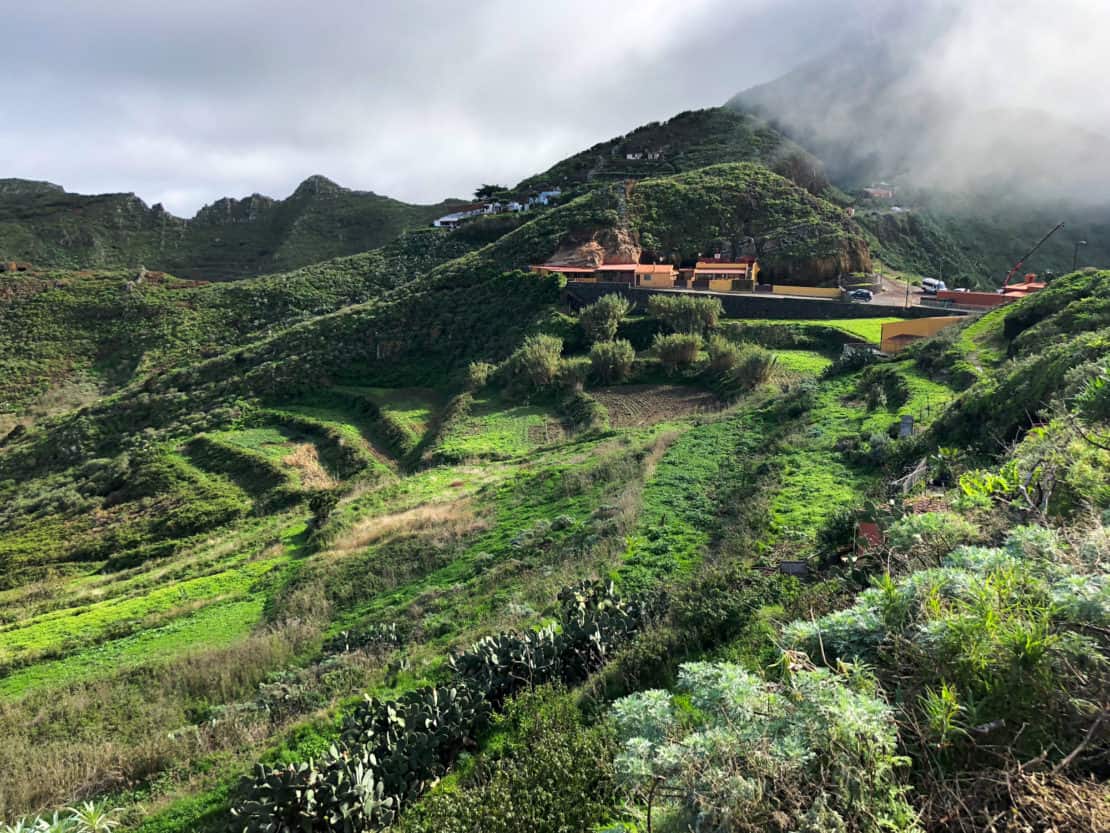
Regional Differences: Coastal Areas vs. Interior vs. Islands
Spain’s regional differences significantly influence your packing list. Coastal areas, such as the Costa del Sol and the Costa Brava, are known for their sunny beaches and lively seaside towns. Here, lightweight clothing, tank tops, swimwear, and sun protection are essential.
Inland regions like Castilla y León and Extremadura offer a different experience with their historical landmarks and rural landscapes. Expect more variable weather, so layering is key to stay comfortable amidst changing temperatures.
Spain’s islands, including the Balearic and Canary Islands, each offer unique climates and attractions. The Balearic Islands, like Mallorca and Ibiza, mirror the Mediterranean climate with hot summers and mild winters. The Canary Islands, located off the northwest coast of Africa, enjoy a subtropical climate with warm temperatures year-round, making them a haven for sun worshippers even in winter. You can see our list of the best things to do in Tenerife here. However, the mountain peaks and UNESCO biosphere reserves bring microclimates into play, with snow on the peak and humidity in the forests.
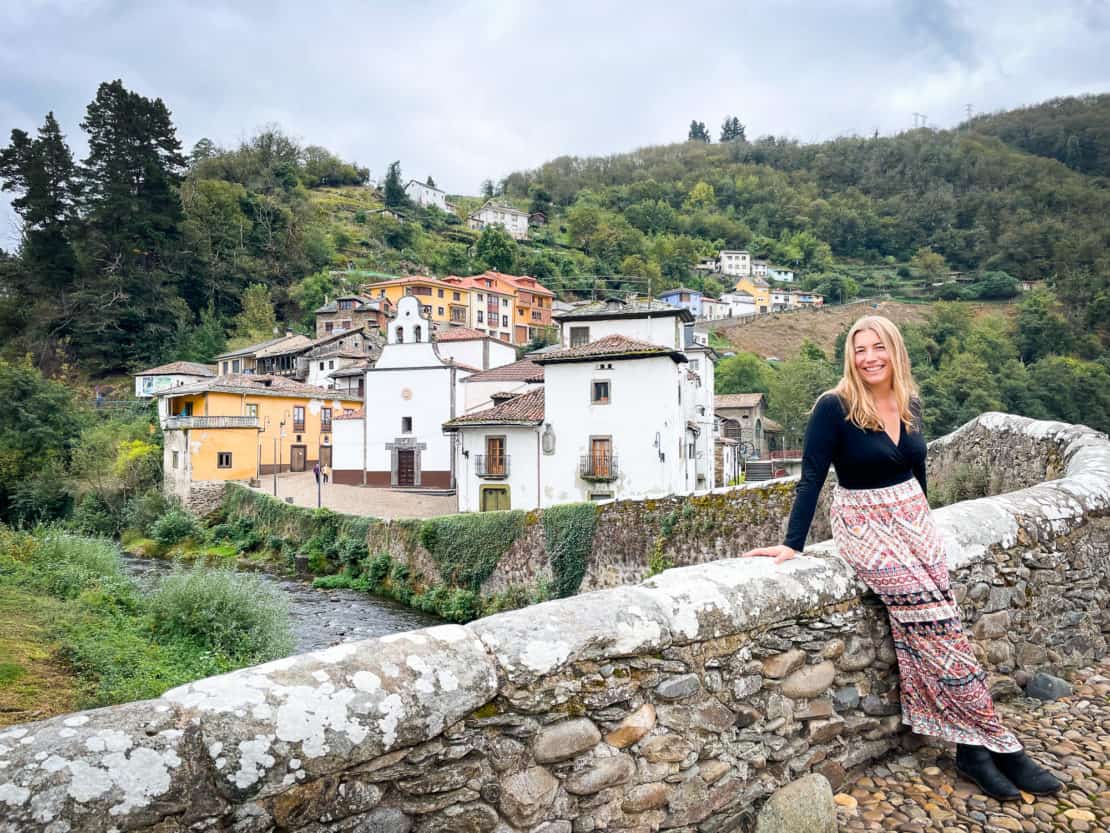
The Clothes You Need to Pack
When packing for Spain, choosing the right clothing is key to a comfortable and stylish trip. With its diverse climates and distinct seasons, Spain requires a wardrobe that caters to various weather conditions. Here’s a guide to essential clothing for your Spanish adventure.
Clothing for Different Seasons
Spring/Summer: Lightweight Fabrics, Breathable Clothing, Sun Protection
During the spring and summer months, Spain’s temperatures can soar, particularly in the southern and interior regions. Opt for lightweight fabrics such as cotton and linen that allow your skin to breathe. Dresses, shorts, and T-shirts are ideal for keeping cool during the day. Don’t forget a wide-brimmed hat and sunglasses to protect yourself from the strong sun, along with a good quality sunscreen. In the evenings, a light cardigan or shawl can be useful as temperatures may drop slightly after sunset.
Fall/Winter: Layers, Warm Outerwear, Rain Protection
As autumn arrives, temperatures begin to cool, especially in the north and interior regions. Layering is essential to adapt to the fluctuating weather. Start with a base layer, such as a thermal top, followed by a warm sweater or fleece. For outerwear, a waterproof jacket is crucial, particularly in regions prone to rain like the north. A heavier coat will be necessary in winter, along with scarves, gloves, and hats to keep warm during chilly days. Don’t forget to pack an umbrella or a compact rain poncho for sudden downpours.
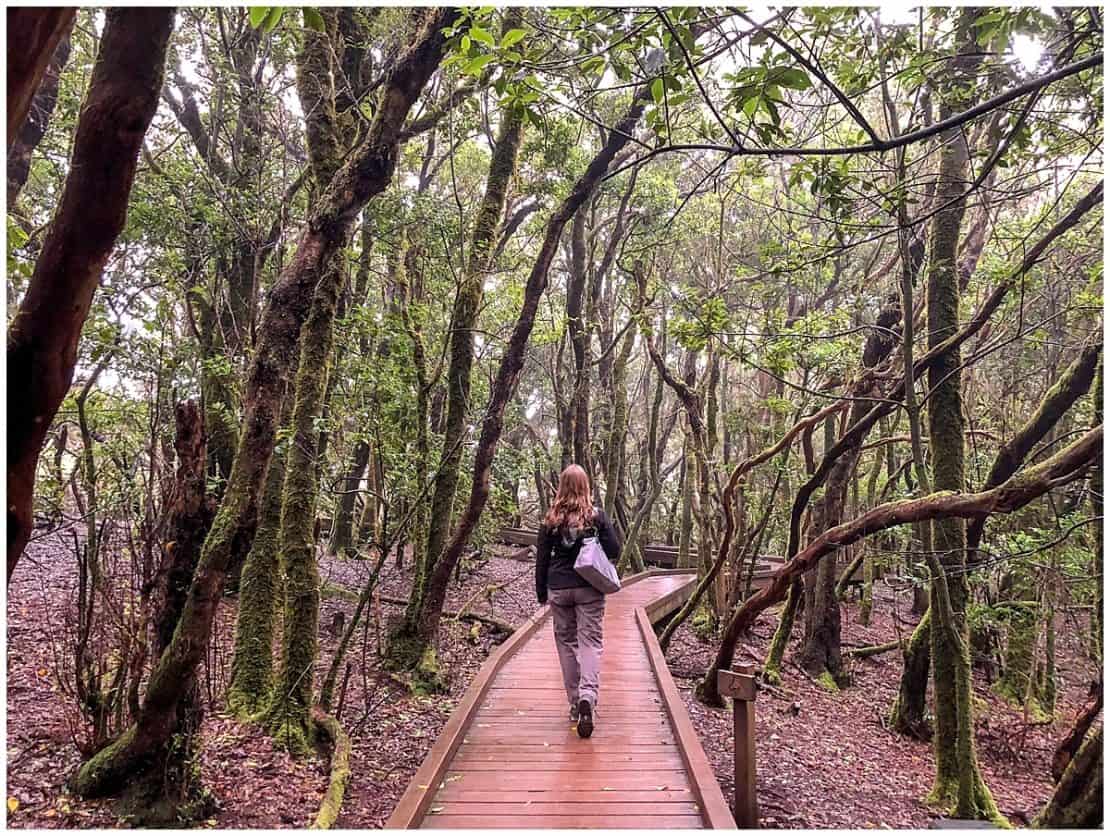
Versatile Pieces for Varying Weather
Given Spain’s varied climate, packing versatile pieces is a smart strategy. Items like lightweight jumpers, cardigans, and pashminas can be easily added or removed depending on the temperature. Convertible trousers that can be adjusted from full length to shorts are practical for changing conditions. A wrap dress can work for both daytime sightseeing and evening dinners, simply by adjusting accessories.
One word of warning, though. Don’t underestimate the winter months. It can get cold, even in Barcelona. As a general rule, in winter, always pack a jumper and coat.
Footwear: Bring Comfortable Shoes!
Spain’s cities and towns are best explored on foot, so comfortable walking shoes are a must. Choose well-cushioned trainers or walking sandals that provide support for long days of sightseeing. For beach destinations, pack a pair of flip-flops or casual sandals. In the evenings, dress shoes or smart sandals can elevate your look for dining out or attending events. Spaniards tends to dress smart but the good news is that they are generally forgiving towards visitors who fumble the dress code.
And for the love of paella, ensure your footwear is broken in before your trip to avoid blisters and discomfort.
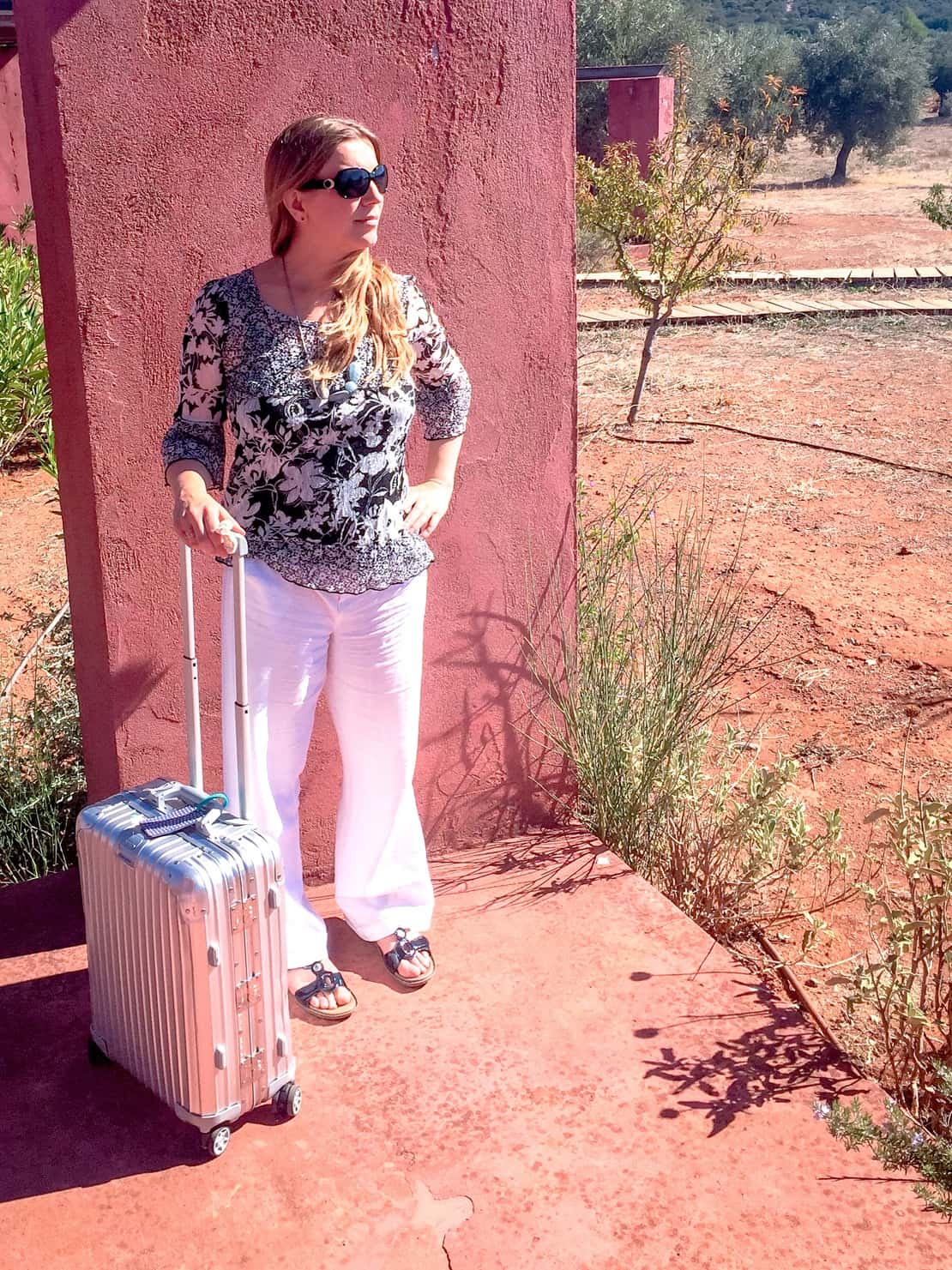
Travel Gear and Accessories
Luggage Options: Suitcase vs. Backpack
Choosing between a suitcase and a backpack depends on your travel style, itinerary and personal needs. A suitcase is ideal if you’re staying in hotels or apartments with easy access to transport. Opt for a medium-sized, durable suitcase with wheels for effortless mobility.
For travellers planning to explore rural areas or move frequently between destinations, a backpack may be more practical because of narrow, cobbled streets in small towns. Look for a backpack with a sturdy frame, comfortable straps, and ample compartments to keep your belongings organised. Bear in mind, though, that backpacking requires a strong back, neck and legs. I’ve had to wave goodbye to my backpacking days after a number of injuries. But the first time I visited Spain, a backpack was just the ticket.
Daypacks for Daily Excursions
A daypack is essential for daily outings, whether you’re exploring city sights or hiking in the countryside. Choose a lightweight, comfortable daypack with enough space to carry essentials like water, snacks, a camera, and a map. Features such as padded straps, multiple pockets, and a secure closure system can enhance your comfort and security. For added convenience, consider a packable daypack that can be folded and stored in your main luggage when not in use.
Travel Documents
Ensuring you have all necessary travel documents is crucial for a smooth trip. Your passport is the most important item, so keep it in a safe but accessible place. Depending on your nationality, you may also need a visa to enter Spain.
You can find out more about the relevant entry requirements on the GOV.UK website. It’s wise to carry copies of important documents, including your passport, visa, travel insurance, and booking confirmations.
Store these copies separately from the originals, and consider keeping digital copies on your phone or a secure cloud service.
Travel insurance is essential to cover unexpected events such as medical emergencies, trip cancellations, or lost luggage.
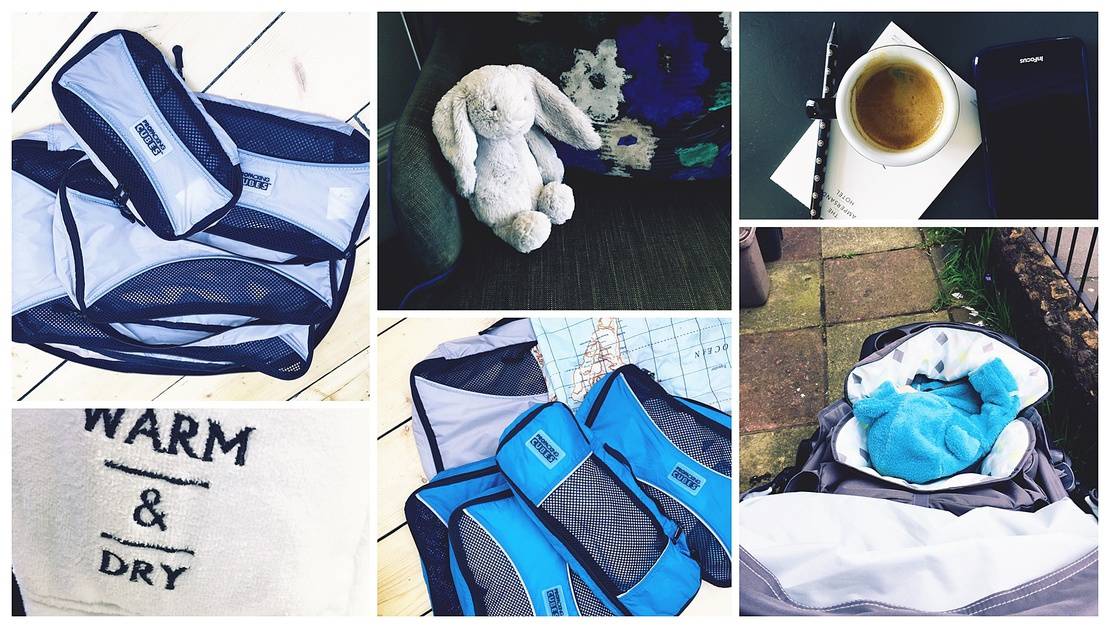
Packing Organisers: Cubes, Compression Bags, Toiletry Kits
Packing organisers can significantly streamline the packing process and keep your belongings tidy.
Packing cubes are excellent for grouping similar items together, making it easy to find what you need without unpacking your entire bag.
Compression bags are useful for reducing the volume of bulkier items like jackets and sweaters, freeing up space in your luggage.
A well-organised toiletry kit is another essential, ideally one with clear compartments to quickly locate items.
Ensure your toiletries meet airline regulations if you’re travelling with carry-on luggage.
Electronics and Gadgets
Let’s face it, having the right electronics and gadgets can keep you connected, entertained, and ready to capture memories.
Adapters and Converters for European Outlets
Spain uses the standard European two-pin plug (Type C and F), with a voltage of 230V and a frequency of 50Hz. Ensure you pack a suitable travel adapter to charge your electronics. If your devices are not dual voltage, you’ll also need a converter. A universal travel adapter like this with multiple plug types can be a versatile choice, especially if you’re travelling to other countries as well.
Smartphones and Power Banks
A mobile phone is indispensable for modern travel, serving as your camera, map, communication tool, booking organiser, and entertainment device. Make sure your phone is unlocked for use with a local SIM card or check if your provider offers affordable international plans.
To avoid running out of battery during long days of sightseeing, carry a power bank. Opt for a lightweight, high-capacity power bank that can charge your phone multiple times. Don’t forget to pack your charging cable and a spare, just in case.
And finally, headphones. I don’t think I can survive a trip on crowded public transport without these. And you don’t want to be that annoying person who plays their videos out loud, do you? Do you?!
Cameras and Accessories
If you’re passionate about photography, bringing a dedicated camera can help you capture Spain’s stunning landscapes and cities in greater detail. Although, honestly, the specs on modern smartphones means that most people won’t need anything else.
A mirrorless or DSLR camera with interchangeable lenses offers flexibility for different shooting conditions. Remember to pack extra memory cards, batteries, and a portable charger.
A lightweight tripod can be useful for night shots and long exposures.
For ease of carrying, use a comfortable camera bag with adequate padding to protect your gear.
E-readers or Tablets
For entertainment on the go and easy access to travel guides, consider bringing an e-reader or tablet. An e-reader is ideal for book lovers, allowing you to carry a library of books without the bulk. A tablet can serve multiple functions, from watching movies to browsing the internet and reading digital guidebooks. Ensure your device is loaded with content before you leave and download any apps you might need for offline use, such as maps or translation tools.
All that said, if you’re hoping to pack light then you can read books through apps on your iPhone or alternative. I love BorrowBox from my local library but the Kindle app is also pretty good.
Depending on your style, it’s also worth thinking about packing hair dryers or portable speakers.
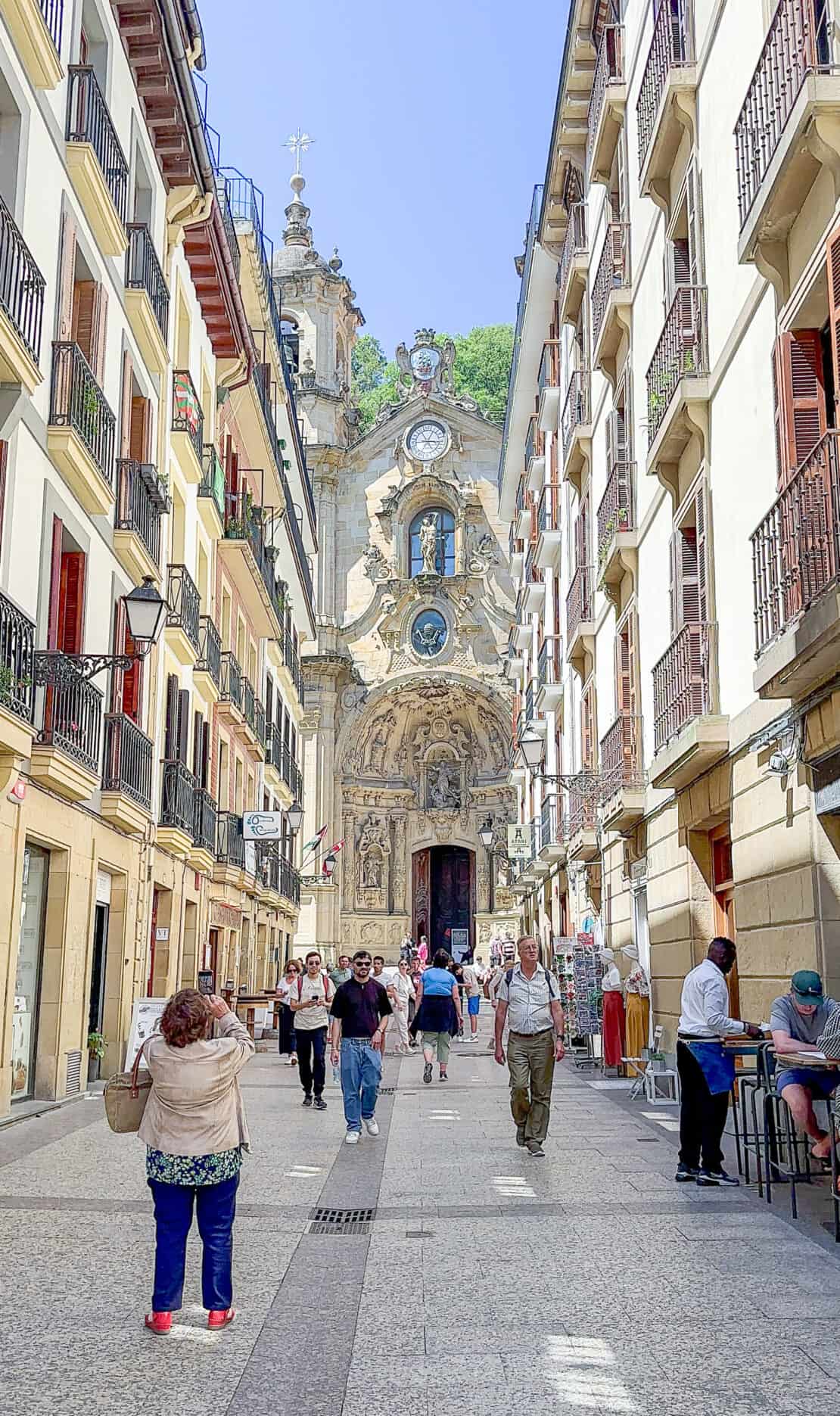
Personal Care and Health Items
Right, on to truly essential items!
Medications and First Aid Kit
These should be the first thing you pack.
It’s important to carry any prescription medications you need, along with a copy of the prescription in case you need a refill. A basic first aid kit can be very useful for minor injuries and ailments. Include adhesive bandages, antiseptic wipes, pain relievers, allergy medicine, and any other over-the-counter medications you might need. Pack a small supply of any vitamins or supplements you take regularly.
Toiletries and Personal Hygiene Products
Bringing your preferred toiletries and hygiene products can make your travels more pleasant. Pack travel-sized bottles of shampoo, conditioner, body wash, and lotion to save space. Don’t forget essentials like toothpaste, a toothbrush, deodorant, and a razor. A compact toiletry bag with multiple compartments can help keep everything organised. Include items such as a hairbrush, nail clippers, and any specific products you use daily.
Sun Protection: Sunscreen, Sunglasses, Hats
Spain’s sunny climate means you should be prepared to protect yourself from the sun. Pack a high-SPF sunscreen and apply it regularly, especially if you’re spending a lot of time outdoors. Sunglasses with UV protection are essential to shield your eyes from harmful rays. A wide-brimmed hat can provide extra protection for your face and neck, making it a useful accessory for both sightseeing and relaxing on the beach.
Health and Safety Tips
Before you travel, check if any vaccinations are recommended or required for Spain. They’re not usually, to be fair, it’s always worth checking.
Staying hydrated is crucial, particularly during the hot summer months. Carry a reusable water bottle and drink plenty of water throughout the day. If you’re planning to visit mountainous areas, be aware of the effects of altitude. Take it easy when you first arrive at higher elevations, drink extra fluids, and be mindful of any symptoms of altitude sickness, such as headaches or dizziness.
Special Considerations When Packing for Spain
Sometimes it’s the little things that have the biggest impact.
Cultural Sensitivity: Modest Clothing for Religious Sites
Spain is home to many impressive religious sites, including cathedrals, mosques, and monasteries. When visiting these places, it’s important to dress modestly out of respect. Pack clothing that covers your shoulders and knees, such as long skirts or trousers and blouses with sleeves. A lightweight scarf can be useful to cover your shoulders or head when needed.
Beach Essentials: Swimwear, Towels, Flip-Flops
Spain’s coastline is dotted with picturesque beaches, perfect for relaxing and enjoying the sun. Make sure to pack at least one swimsuit, along with a quick-drying towel. Flip-flops or sandals are ideal for walking on the sand and around beach areas.
Don’t forget essentials like a beach bag to carry your items, and perhaps a beach mat or blanket for added comfort. If you plan on swimming or participating in water sports, consider packing water shoes for extra protection.
Plus, discover the best beaches in the country with our guide to summer in Spain.
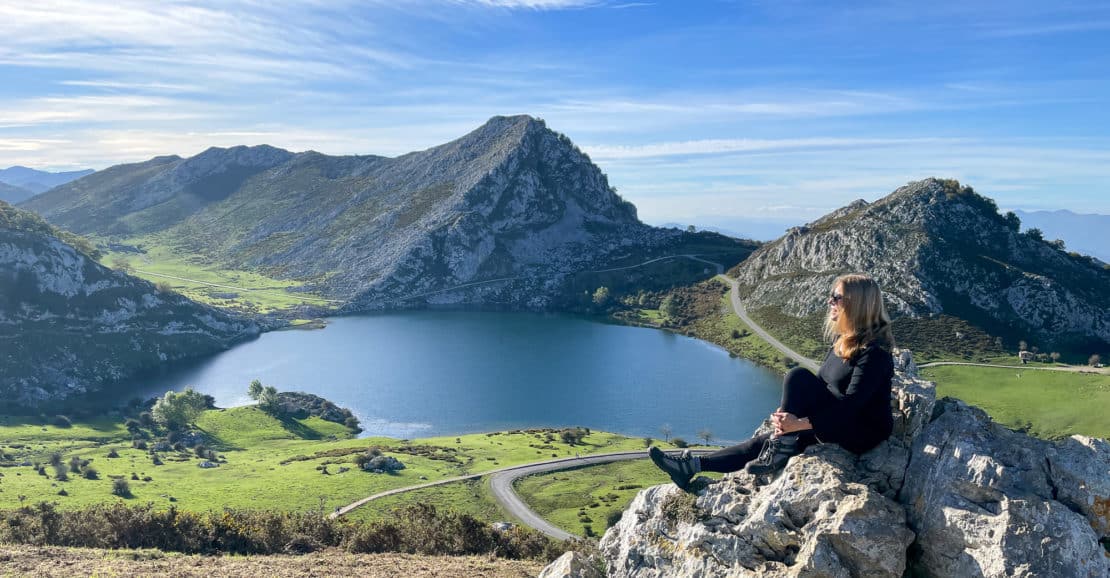
Outdoor Activities: Hiking Gear, Sports Equipment
Spain offers a variety of outdoor activities, from hiking in the Pyrenees to kayaking along the coast. If you plan to explore nature, pack appropriate gear such as sturdy hiking boots, moisture-wicking clothing, and a hat for sun protection. A lightweight, foldable rain jacket can be useful for unexpected weather changes.
For specific activities like cycling or climbing, ensure you bring any specialised equipment you might need, such as a helmet or climbing shoes. Finally, throw in some insect repellent. Spain isn’t generally a high risk place for insect borne disease but if bugs are around, they’re incredibly annoying. It’s worth the extra room to factor in some bug spray. Some people are big believers in packing a small umbrella, but for me, I’d rather a coat with a hood and a quick walking pace!
Festivals, Nightlife & Dining Out
Did someone say fiesta?!
Spain is famous for its festivals, energetic nightlife, and upscale dining experiences.
For festivals, comfortable yet stylish clothing is key, as you may spend long hours on your feet. For nightlife, pack a couple of dressier options, such as a nice dress or smart trousers and a shirt, to fit in with the local scene. For dining out, particularly in more upscale restaurants, consider slightly more formal attire. Comfortable but elegant shoes will keep you looking good and feeling great throughout the evening.
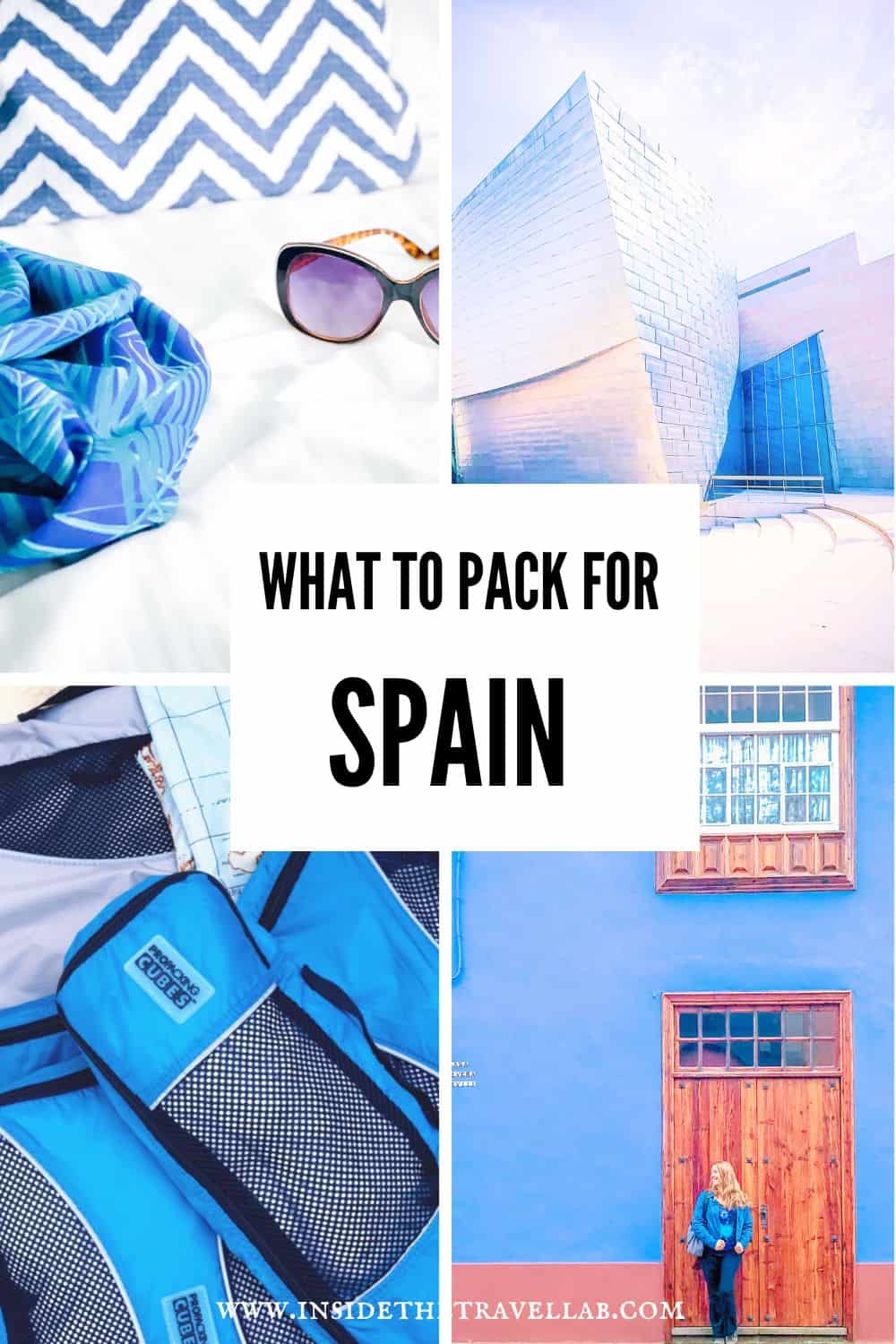
Packing Tips and Techniques
To make your trip to Spain as smooth as possible, it’s essential to pack efficiently and securely.
Creating a Packing Checklist
A well-organised packing checklist is your best friend for a stress-free trip. Start by listing essential categories, such as clothing, toiletries, electronics, and documents. Break down each category into specific items, like “swimwear” under beach essentials or “hiking boots” under outdoor gear. Review your itinerary to ensure you’re packing according to the activities planned. Use a digital checklist app or a simple notepad to keep track of what you’ve packed and what still needs to go in your bag.
Better yet? Use the one we’ve created for you – the ultimate packing checklist here.
Rolling vs. Folding Clothes
When it comes to packing clothing, rolling and folding are two effective methods, each with its advantages. Rolling clothes can save space and reduce wrinkles, making it ideal for items like T-shirts, jeans, and casual wear. Roll each piece tightly and place them in packing cubes or directly into your suitcase. Folding, on the other hand, is better for items that need to stay crisp, such as dress shirts and blouses. Fold these garments neatly and layer them strategically in your luggage to maximise space and prevent creases.
Maximising Luggage Space
To make the most of your luggage space, start by using packing organisers like cubes and compression bags. Packing cubes can help you categorise and compress your clothes, while compression bags are great for reducing the bulk of larger items like jackets. Arrange your clothing by rolling or folding them efficiently, and fill any gaps with smaller items like socks and accessories. Place heavier items, such as shoes and toiletries, at the bottom of your suitcase to balance the weight and prevent crushing delicate items.
Security Tips: Keeping Valuables Safe, Using TSA-Approved Locks
Keeping your valuables secure is crucial for peace of mind. Use a TSA-approved lock to secure your suitcase. These locks can be opened by security personnel without damaging your bag, ensuring your belongings remain safe.
For important items like passports, cash, and electronics, most advice talks about money belts and hotel safes. But, to be honest, neither of these are very helpful.
It’s best to use a bag with a zip and to avoid having large sums of cash with you. Split the cash and cards you do have between your luggage and your daypack and always have a copy of your cards on your phone.
In your hotel room, stash your valuables deep in your dirty laundry bag when going out. If someone is desperate enough to rifle through that, they probably need whatever it is they’re going to take.
Unfortunately, some parts of Spain have a terrible reputation for pickpockets, particularly in tourist areas. The biggest tip to avoid that is to use zipped pockets or bags and to keep your wits about you.
Have a great time!


